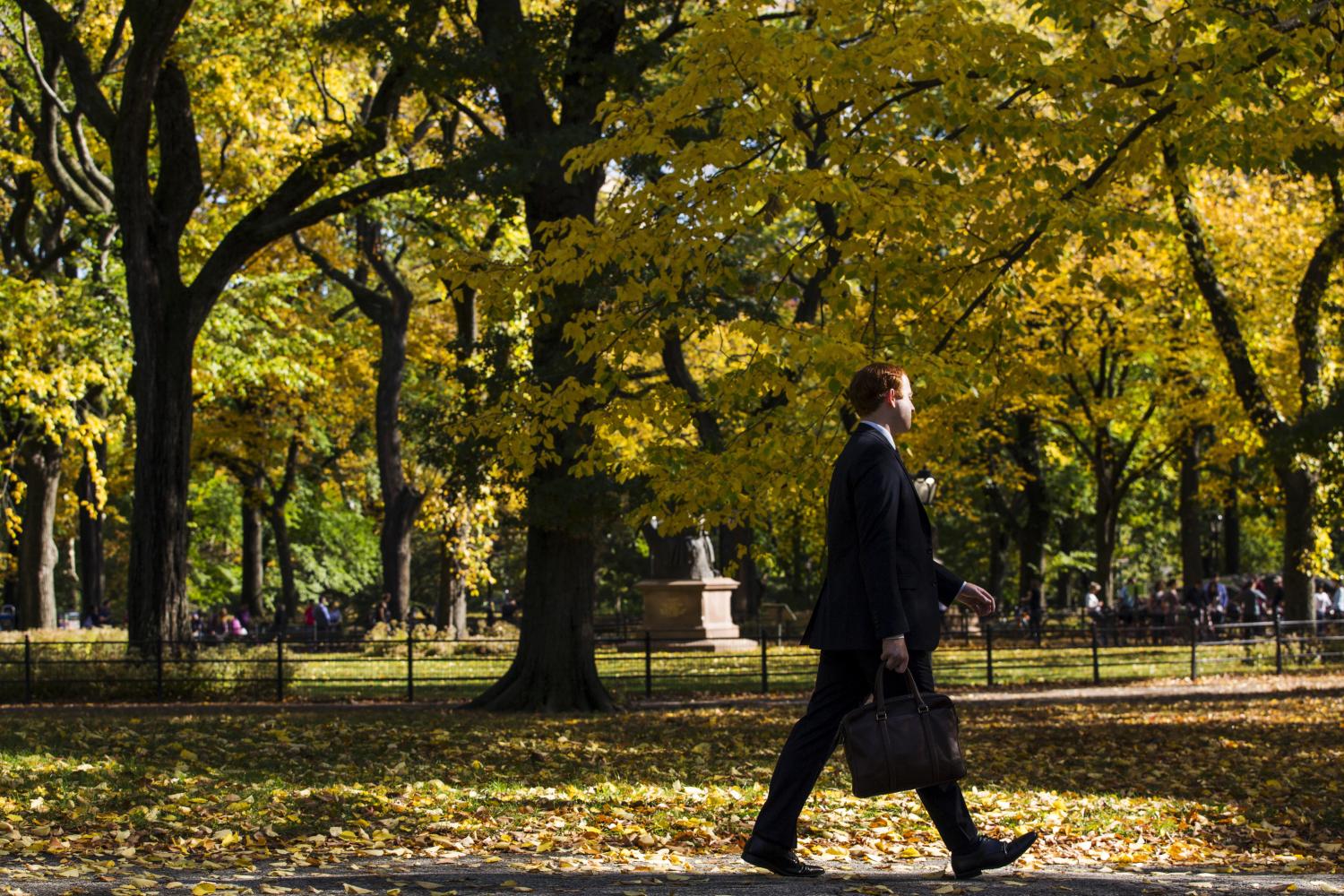Drive through any number of outer-ring suburbs in America, and you’ll see boarded-up and vacant strip malls, surrounded by vast seas of empty parking spaces. These forlorn monuments to the real estate crash are not going to come back to life, even when the economy recovers. And that’s because the demand for the housing that once supported commercial activity in many exurbs isn’t coming back, either.
By now, nearly five years after the housing crash, most Americans understand that a mortgage meltdown was the catalyst for the Great Recession, facilitated by underregulation of finance and reckless risk-taking. Less understood is the divergence between center cities and inner-ring suburbs on one hand, and the suburban fringe on the other.
It was predominantly the collapse of the car-dependent suburban fringe that caused the mortgage collapse.
In the late 1990s, high-end outer suburbs contained most of the expensive housing in the United States, as measured by price per square foot, according to data I analyzed from the Zillow real estate database. Today, the most expensive housing is in the high-density, pedestrian-friendly neighborhoods of the center city and inner suburbs. Some of the most expensive neighborhoods in their metropolitan areas are Capitol Hill in Seattle; Virginia Highland in Atlanta; German Village in Columbus, Ohio, and Logan Circle in Washington. Considered slums as recently as 30 years ago, they have been transformed by gentrification.
Simply put, there has been a profound structural shift — a reversal of what took place in the 1950s, when drivable suburbs boomed and flourished as center cities emptied and withered.
The shift is durable and lasting because of a major demographic event: the convergence of the two largest generations in American history, the baby boomers (born between 1946 and 1964) and the millennials (born between 1979 and 1996), which today represent half of the total population.
Many boomers are now empty nesters and approaching retirement. Generally this means that they will downsize their housing in the near future. Boomers want to live in a walkable urban downtown, a suburban town center or a small town, according to a recent survey by the National Association of Realtors.
The millennials are just now beginning to emerge from the nest — at least those who can afford to live on their own. This coming-of-age cohort also favors urban downtowns and suburban town centers — for lifestyle reasons and the convenience of not having to own cars.
Over all, only 12 percent of future homebuyers want the drivable suburban-fringe houses that are in such oversupply, according to the Realtors survey. This lack of demand all but guarantees continued price declines. Boomers selling their fringe housing will only add to the glut. Nothing the federal government can do will reverse this.
Many drivable-fringe house prices are now below replacement value, meaning the land under the house has no value and the sticks and bricks are worth less than they would cost to replace. This means there is no financial incentive to maintain the house; the next dollar invested will not be recouped upon resale. Many of these houses will be converted to rentals, which are rarely as well maintained as owner-occupied housing. Add the fact that the houses were built with cheap materials and methods to begin with, and you see why many fringe suburbs are turning into slums, with abandoned housing and rising crime.
The good news is that there is great pent-up demand for walkable, centrally located neighborhoods in cities like Portland, Denver, Philadelphia and Chattanooga, Tenn. The transformation of suburbia can be seen in places like Arlington County, Va., Bellevue, Wash., and Pasadena, Calif., where strip malls have been bulldozed and replaced by higher-density mixed-use developments with good transit connections.
Reinvesting in America’s built environment — which makes up a third of the country’s assets — and reviving the construction trades are vital for lifting our economic growth rate. (Disclosure: I am the president of Locus, a coalition of real estate developers and investors and a project of Smart Growth America, which supports walkable neighborhoods and transit-oriented development.)
Some critics will say that investment in the built environment risks repeating the mistake that caused the recession in the first place. That reasoning is as faulty as saying that technology should have been neglected after the dot-com bust, which precipitated the 2001 recession.
The cities and inner-ring suburbs that will be the foundation of the recovery require significant investment at a time of government retrenchment. Bus and light-rail systems, bike lanes and pedestrian improvements — what traffic engineers dismissively call “alternative transportation” — are vital. So is the repair of infrastructure like roads and bridges. Places as diverse as Los Angeles, Phoenix, Salt Lake City, Dallas, Charlotte, Denver and Washington have recently voted to pay for “alternative transportation,” mindful of the dividends to be reaped. As Congress works to reauthorize highway and transit legislation, it must give metropolitan areas greater flexibility for financing transportation, rather than mandating that the vast bulk of the money can be used only for roads.
For too long, we over-invested in the wrong places. Those retail centers and subdivisions will never be worth what they cost to build. We have to stop throwing good money after bad. It is time to instead build what the market wants: mixed-income, walkable cities and suburbs that will support the knowledge economy, promote environmental sustainability and create jobs.
The Brookings Institution is committed to quality, independence, and impact.
We are supported by a diverse array of funders. In line with our values and policies, each Brookings publication represents the sole views of its author(s).




Commentary
Op-edThe Death of the Fringe Suburb
November 25, 2011